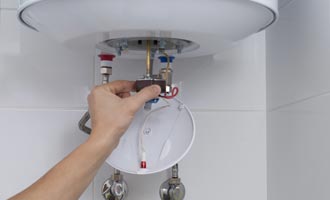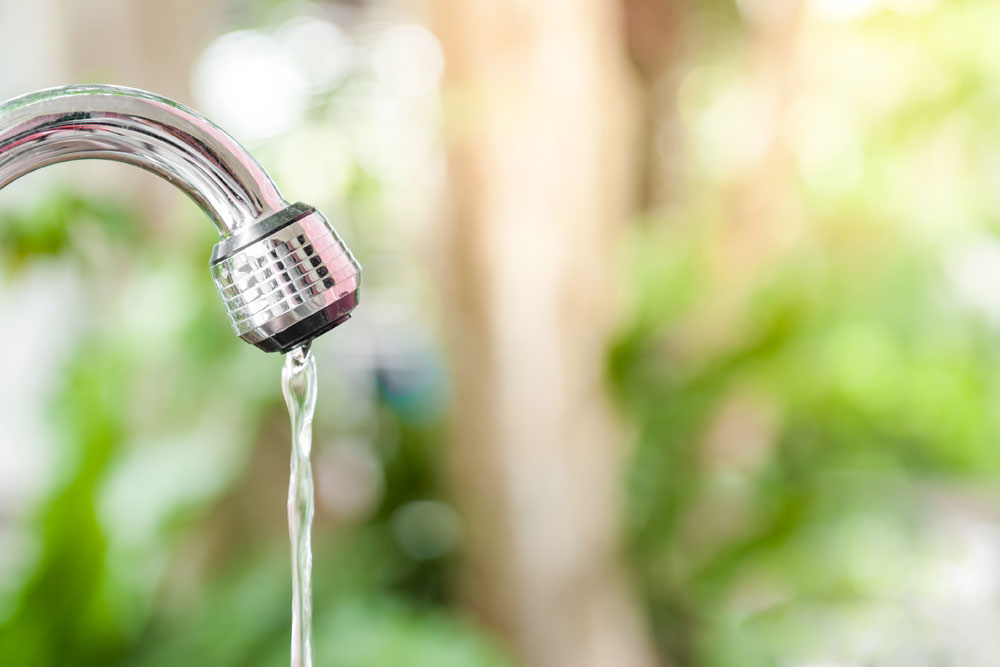Simple Instructions for Dealing with Low Water Pressure in Your Home
Simple Instructions for Dealing with Low Water Pressure in Your Home
Blog Article
In this article underneath you'll find lots of decent help and advice with regards to 10 Reasons for Low Water Pressure in Your House.

Low water stress in your house can be an aggravating issue, influencing everything from showering to washing recipes. If you're experiencing weak water circulation, there are a number of possible reasons and options to check out. In this guide, we'll discuss typical factors for low water pressure and practical steps to address the concern properly.
Introduction to Low Water Pressure
Low water pressure happens when the flow of water from your faucets, showers, and various other components is weaker than common. This can make daily tasks extra difficult and much less efficient. Recognizing the root causes of low water stress is critical to locating the appropriate remedy.
Usual Reasons For Low Water Stress
Faulty Pressure Regulatory Authorities
Pressure regulators are accountable for maintaining constant water stress in your house. If they malfunction, it can result in low tide pressure or irregular flow throughout your house.
Municipal Supply Of Water Issues
In some cases, the issue lies outside your home. Local water supply issues, such as main line leaks or upkeep work, can momentarily lower water stress in your location.
Pipe Obstructions
In time, pipes can end up being blocked with mineral deposits, debris, or debris, limiting the flow of water. This is a typical problem in older homes with galvanized steel pipelines.
Deterioration
Corrosion within pipelines can cause leakages and minimized water pressure. Corrosion build-up can tighten water circulation, particularly in maturing plumbing systems.
Just How to Detect Low Water Stress
Evaluating Pipes
Evaluate visible pipes for indications of leakages, deterioration, or blockages. Focus on any type of uncommon sounds, such as knocking or rattling pipelines, which might show problems within the plumbing system.
Consulting with a Plumber
If you're incapable to pinpoint the root cause of low tide stress, consider hiring an expert plumber to conduct a detailed assessment. They can identify underlying concerns and advise proper services.
Inspecting Taps and Fixtures
Begin by evaluating the water stress at different taps and components throughout your home. If the problem is isolated to certain areas, it may show localized troubles.
DIY Solutions to Take Care Of Low Water Pressure
Flushing Water Heater
Debris buildup in the hot water heater can limit flow and reduce efficiency. Purging the tank periodically helps get rid of debris and preserve ideal performance.
Examining Stress Regulator
Make certain that the stress regulatory authority is working appropriately. Readjusting or changing the regulator can help bring back proper water stress throughout your home.
Cleansing Aerators and Showerheads
Natural resources can accumulate in aerators and showerheads, reducing water circulation. Eliminate and cleanse these components consistently to enhance water pressure.
Clearing Up Clogs in Water Lines
For small blockages, attempt making use of a plumbing snake or chemical drainpipe cleaner to clear obstructions in pipes. Be cautious when making use of chemicals and comply with safety and security standards.
When to Call a Professional Plumber
If DIY efforts stop working to deal with the concern or if you believe significant plumbing issues, it's best to seek aid from an accredited plumber. They have the competence and tools to deal with complex issues securely and successfully.
Preventive Measures to Keep Water Stress
Setting Up a Pressure Booster
Think about setting up a stress booster pump to improve water stress in locations with continually reduced circulation. This can be particularly advantageous for multi-story homes or residential properties with high-demand fixtures.
Monitoring Water Usage
Be mindful of water usage behaviors and stay clear of ill-using the plumbing system. Easy adjustments, such as astonishing showers and washing loads, can help maintain sufficient water pressure.
Regular Upkeep
Schedule routine maintenance for your plumbing system to prevent problems such as corrosion, leakages, and obstructions. Addressing small problems early can assist avoid more considerable repairs later.
Final thought
Handling low water stress can be discouraging, yet determining the underlying reasons and applying ideal solutions can restore optimum circulation throughout your home. Whether it's cleaning up aerators, inspecting pipelines, or seeking advice from a plumber, taking positive actions can make sure a constant supply of water for your everyday requirements.
HOW TO FIX LOW WATER PRESSURE IN YOUR HOUSE (EXPERT GUIDE)
The morning shower lacking any real pressure? Bathtub taking hours to fill? Or maybe you’re dissatisfied with the inadequate performance from your combi boiler?
Then you, like millions of others across the UK, might be experiencing low water pressure.
Fortunately, the good news is that you don’t have to continue living this way. The cause of low water pressure in the home is often quite simple, and you may not even require a plumber to fix the problem.
What causes low water pressure in the house?
If you are experiencing issues with water pressure throughout your home, then you may have one of the problems outlined below.
Most of these problems can be fixed quite easily, but for others, you may need to contact a plumber.
Obstructed Shutoff Valve
If you’ve just bought a new home or recently had building work conducted on your property, there is a chance that your water valves were not fully opened.
If the water valve is partially closed, then you may be restricting the amount of water entering your home. To fix this, simply ensure the valve is fully open.
If the valve appears fully open but you are still encountering reduced water pressure, then the valve may be broken. If this is the case, do not under any circumstances try to fix it without proper training.
Often found under your kitchen sink, a water valve will usually look like a bright yellow handle.
Again, if you believe the water valve is broken, contact a plumber immediately.
Leaks in Your Water Pipes
Leaks are the worst-case scenario when it comes to low water pressure.
If the water pipes are damaged, then this will cause low water pressure, as not all the water will make it to your taps.
After you’ve checked to see if the valve is fully open, you can conduct a leak check of your home. Now, this may seem scary, but it is actually quite simple.
Clogged Water Pipes
Clogged water pipes are one of the most common causes of low water pressure.
These clogs usually build-up when your home is supplied water via iron pipes. Iron is particularly vulnerable to rusting which can then break off and cause an obstruction within your system. You also face the problem of things like dirt, gravel or sand entering creating mineral deposits which further block water flowing from the mains water supply.
Unfortunately, if you suspect that clogged pipes may be restricting your water supply, then you will need to contact a plumber.
In this situation, you will either need to have your pipes removed and cleaned or in more severe cases, you could require a new set of water pipes.
Designer Taps
Designer taps look fantastic, but are they built to be efficient in your plumbing system? Modern taps are built for modern homes and they often have lower flow rates that are specifically designed for use within high-pressure systems.
Install a Water Pressure Booster Pump
If the issue is simply that the mains water pressure supply is too low, the simplest fix is to invest in a booster pump. Found in homes of all shapes and sizes, booster pumps are a relatively cheap option to add extra pressure to your home.
Designed to increase water pressure by passing water into the pump from your mains supply and then ejecting it into your home water system at a higher pressure, a booster pump is a truly simple and effective solution to increasing water pressure.
https://www.anchorpumps.com/blog/the-plumbers-guide-to-fixing-low-water-pressure/

As a serious reader on 10 Reasons for Low Water Pressure in Your House, I thought sharing that information was essential. Sharing is nice. Helping others is fun. I enjoy your readership.
View Website Report this page